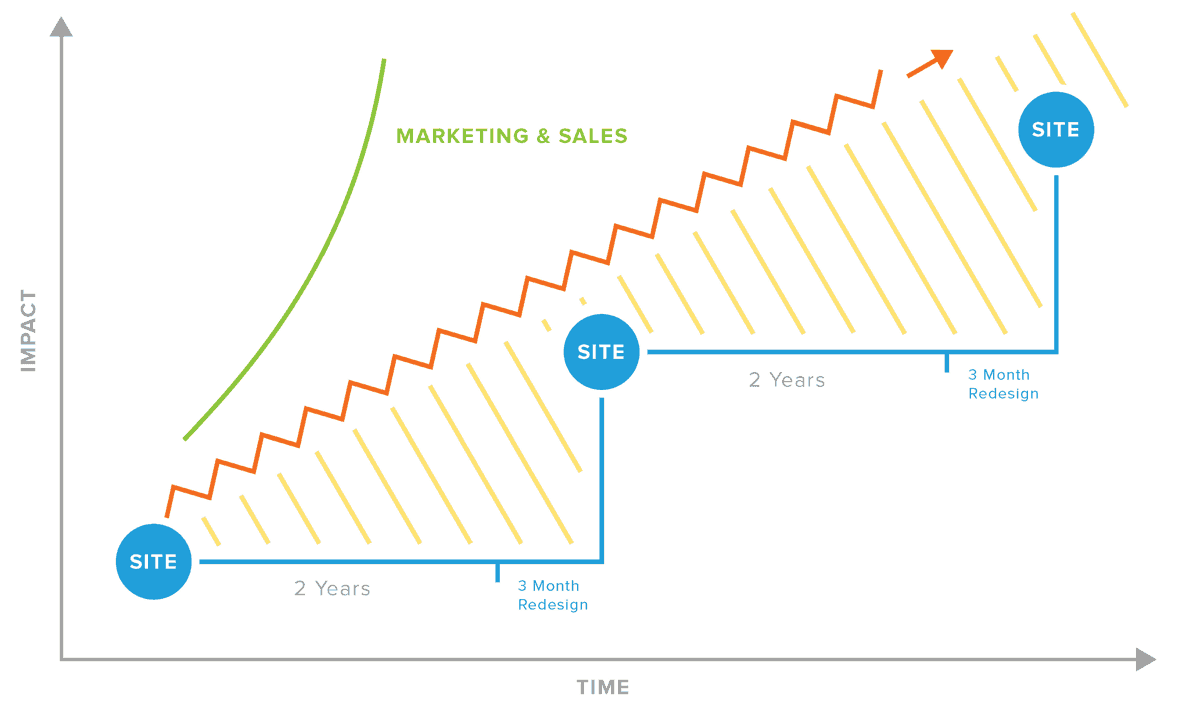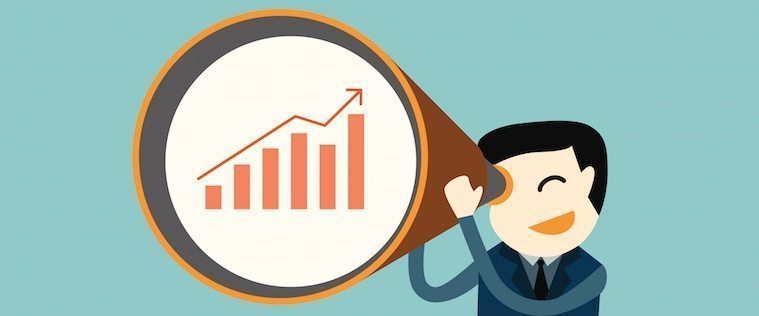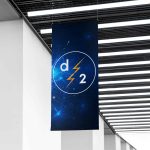Traditional Web Design Vs. Growth-Driven Design

Traditional web design has become a flawed method of creation with cumbersome upkeep. Website redesign usually begins by attempting to solve problems that a business has with their current website.
The main reasons for a company website redesign are:
- The website is outdated and needs an aesthetic upgrade
- The site lacks a current feature that competitor’s sites have
- SEO rules have changed, and the site is no longer ranking on search engines
- The website has broken links or features
Historically, if a company keeps up-to-date in the conventional web design cycle, a website is updated once every two years or so. Within two years, all four of these above-mentioned rules will apply to your website given continuously changing trends and technologies, to provide a cleaner, faster, and more powerful site.
If you update a website’s aesthetic, web design trends which are consistently changing, can make your latest style obsolete within the year. If your company wants the newest feature that your competitor has, you may consistently fall behind and miss out on utilizing current trends.
SEO rules change regularly, and once a website is left dormant for years, it will always rank lower than other sites. Search engines like to see consistent improvement on your site, and SEO optimization once every two years can only get you so far. You can hire a company to fix broken links and features, but if an issue arises again your site will remain broken until the next redesign.
Traditional website redesign is too slow for the consistently changing environment of the internet. This manner of web design does not allow your website to market your business effectively.
TRADITIONAL WEB DESIGN FLAWS
Currently, conventional web design suffers from the following issues:
Time Commitment: If you have identified a problem with your website and want it fixed with a site redesign, a developer will first need to sort your requirements and a once proposal is signed you may have to wait another 3-6 months before the launch of your website! This costs your business time and potential customers.
High Up-Front Costs: Traditional web design can cost a business anywhere from $10,000 to $60,000 and upwards depending on the scope of the project. Additionally, a company must usually pay for the redesign fee up-front, and there is no guarantee that the site will convert better than before, or that it will increase your site’s rankings.
Traditional website design does not allow your developers to have a 100% certainty that your new website will accomplish your goals or work well. This method of design does not track a website’s performance until another redesign is necessary, which causes more costs to your business without any ability to monitor its successes and failures.
GROWTH-DRIVEN DESIGN

A new, agile style of web design has come forth to entirely change the way we view the world of web design. Growth-driven design is an alternative way to create websites utilizing consistent changes and updates based on what works and does not work, provided through the real data seen on your site.
Growth-driven design has two main phases of design; the Launchpad phase and the Continuous Improvement phase.
The Launchpad phase of growth-driven design involves the creation of a simple website used to track data on traffic and user experience. A developer equips the Launchpad website with the structure of your site redesign given in your proposal. Information is gathered based on how your Launchpad site is received, and a checklist is formatted to reach the second phase. A Launchpad website typically takes only thirty days to finish, this allows you to have a redesigned site active very quickly.
The second phase of growth-driven design, Continuous Improvement, occurs after your development company collects data on your site. A web developer begins to improve your website based on performance and uses a wish list based on your requirements to implement features and styles to help generate traffic and conversions. Continuous Improvement allows a web development company to become partnered with you to ensure that your site does not fall behind in optimization.
Growth-driven design allows your site to flourish in an environment of consistent change, continually. With a development team watching your growth and trends, you can feel safe in knowing your site will not need a massive redesign, that it has all the latest features for proper conversions and proper SEO implementation, and that there are no broken links or features. Growth-driven design flips traditional web design upside-down by cutting out the conventional method of a massive redesign every two years to catch up to current trends. Growth-driven design ensures you are always on the cutting-edge of trends.
Growth-Driven Design or Traditional Web Design?
While traditional web design is flawed, it has been the standard for years which makes it seem the safe bet for web development. Growth-driven design is a contemporary way to solve the problems that arise with traditional design. If you want your company to flourish in an Internet-based world, your website needs to be your most reliable marketing tool, keeping your online presence consistent and robust.
For more information on Growth-driven design, check our detailed page on our Growth-driven design methods!






